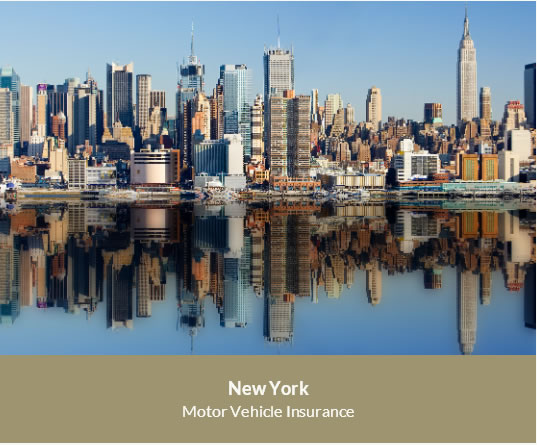Attorney
Tips
What you should do if you are involved in an accident
in New York or Pennsylvania?

The information provided by this website is provided for informational purposes
and in no way constitutes legal advice or creates an attorney-client relationship.
and in no way constitutes legal advice or creates an attorney-client relationship.
If you have any questions,
call me. I’ll work with you and your
insurance agent.

- Make sure you have sufficient insurance coverage with an equal amount of uninsured/underinsured coverage.
- In New York, you cannot have uninsured/underinsured coverage that exceeds your policy limits (Protect yourself from uninsured/underinsured drivers).
- New York has a state requirement that all non-commercial vehicles carry a minimum of $25,000/$50,000 coverage (It is horrible when a client’s injuries exceed the amount of insurance coverage available – Be protected – increase your limits and make sure you have a matching uninsured/underinsured policy).
- New York State has an entity which “helps” uninsured persons who are injured in accidents with uninsured vehicles – but the maximum recovery is $25,000 for any one person and they make it very difficult to obtain this benefit. If you are uninsured but live in a household with someone who has motor vehicle insurance, discuss the above with them – be protected.

- Pennsylvania has some of the most confusing insurance policy provisions of any state.
- Limited Tort vs. Full Tort – Limited Tort and Full Tort are the insurance companies’ creative attempts to hide information and mislead consumers. Basically, with LIMITED TORT, you are agreeing to waive your right to sue for pain and suffering if you are involved in an accident (with some very limited exceptions). This can be very costly to an injured person. It is relatively inexpensive to purchase the alternative FULL TORT coverage, which allows you to sue for pain and suffering in the event you are entitled to be compensated for pain and suffering. Don’t be misled – purchase FULL TORT benefits, which should more appropriately be called “the right to be compensated for pain and suffering.”
- Stacking vs. Non-stacking – again, the insurance companies try to mislead the consumer with confusing language. If you have multiple cars insured through a policy, you want to “stack” the limits. This increases both your levels of coverage to protect you if you’re at fault and your uninsured/underinsured coverage if your in an accident with someone with inadequate or no coverage. Stacked insurance is also very cheap to purchase and more costly not to have. Example – A stacked $100,000 policy with two cars in the household gets into an accident with a vehicle that has no insurance – the owner of the stacked policy now has $200,000 worth of benefits to go after (2 x $100,000). A non-stacked $100,000 policy in the same scenario only has $100,000 worth of benefits. (For a few dollars a month, it is worth it to increase your coverage by stacking your policy when you have more than one vehicle in the household). Be protected…
- Pennsylvania has a very minimal required medical coverage provision – so make sure you increase your medical benefits to at least $25,000. Don’t be stuck in a position where your medical bills are more than the insurance coverage afforded by your policy. It is horrible being injured in an accident. It is worse to be injured without the financial support or insurance benefits to get well.
What you should do if you are involved in an accident?
- Do not delay seek, medical attention (request medical attention as a precaution);
- Call the Police and get a report (preferably at the scene of the accident);
- Obtain witness information (Name, Address, Phone number);
- Take Photos (of the accident scene, injuries, vehicle damage, etc.);
- Contact Us as soon as possible to protect your rights to ensure that you comply with time constraints and to ensure that you receive medical coverage and any other benefit you are entitled to;
- Do not admit responsibility;
- Do not speak to anyone about the accident other than your attorney – direct all inquires regarding your accident to your attorney.
The information provided by this website is provided for informational purposes and in no way constitutes legal advice or creates an attorney-client relationship.